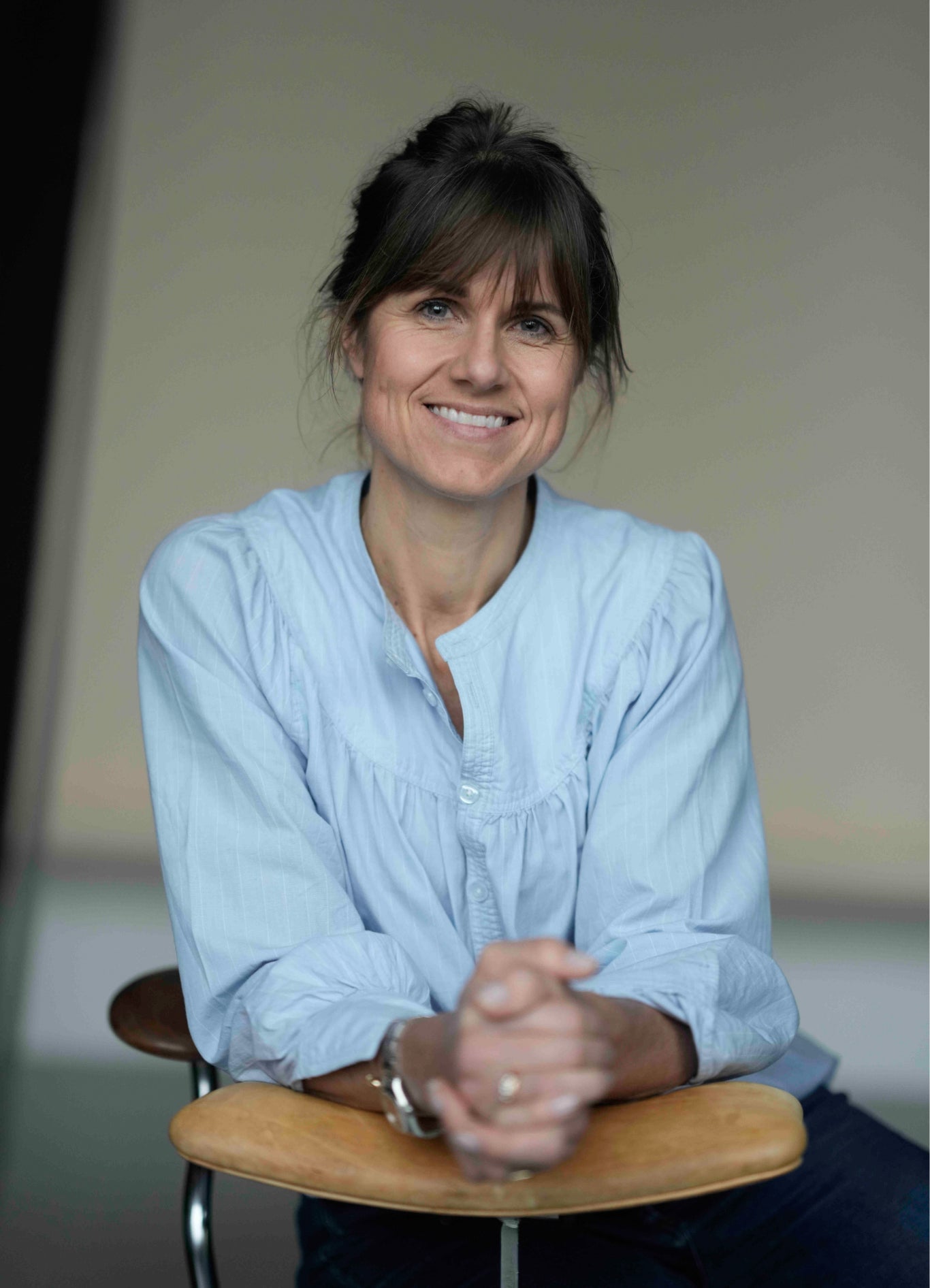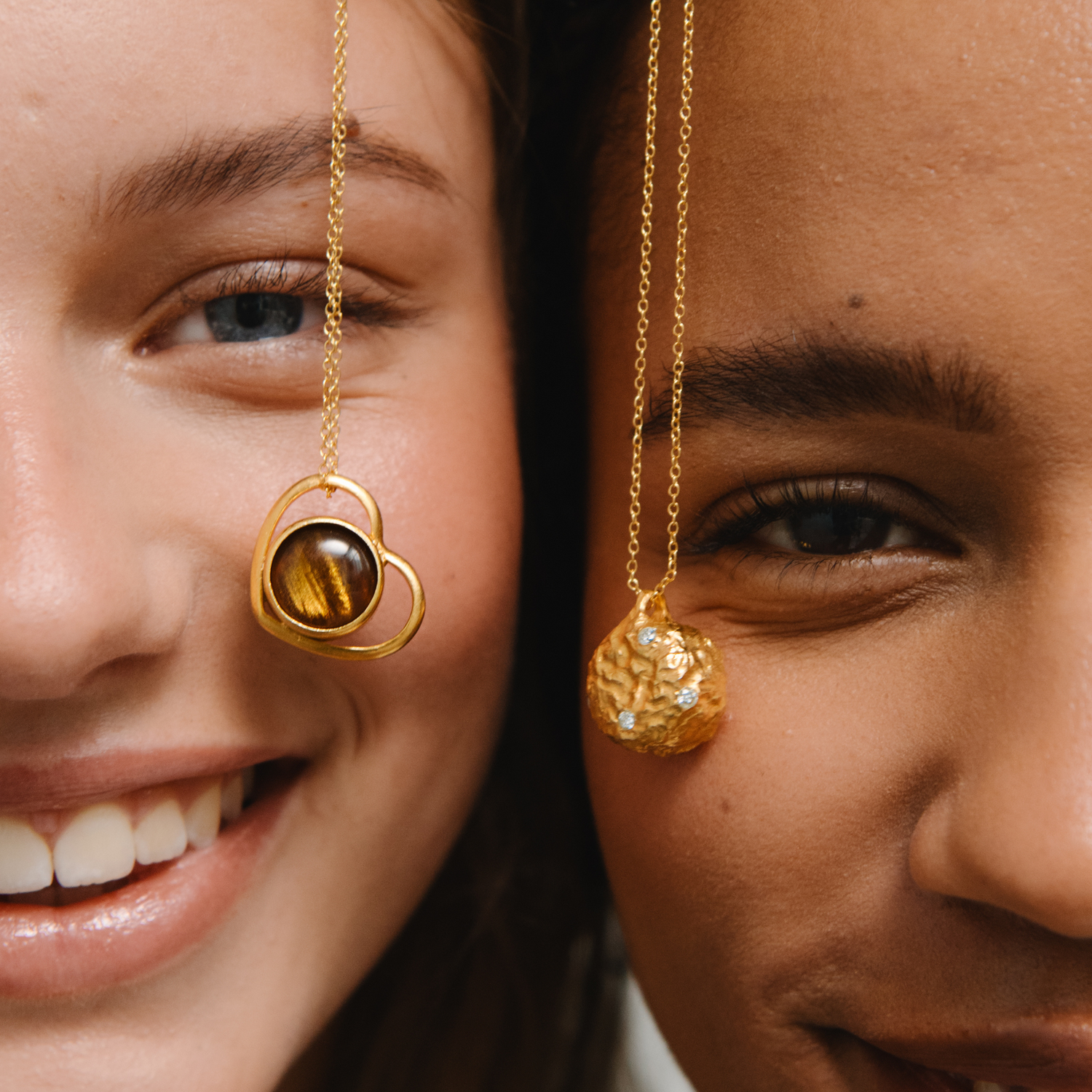
Looking for a problem to solve
Turning 40 meant time for reflection. Should I keep doing what I was doing? Could I use my skills, experience, and drive to do more?
Based on these thoughts I downloaded the UN SDGs report to find a problem to solve using my commercial and technical skills.
From the 17 goals, my heart instantly skipped a beat, when I read the extremely sad statistics on how many experience harassment and violence in their lives.
Because it’s not only the actual event of harassment or violence that affects us, it's the constant alert level we find ourselves in that takes over who we are, and what we want to do, wear, say, or go.
For many, experiences of harassment especially with young people result in fear, shame, low self-worth, high self-doubt, and social anxiety.
Now my challenge was figuring out how to solve this issue using my tech background in a way that would appeal to a younger audience.

Adding beauty and efficiency
When looking for technological or digital solutions to the problem, I found several safety alarms. But I was shocked that none of them seemed to solve the issue in a way that was appealing to the most obvious segment – young women.
Instantly, I knew that if a technical solution was to work, it had to be beautiful. Hence, I started my founder journey with a focus: I wanted to make the device as small as possible, so it could fit into jewelry. I wanted to make jewelry you could wear everyday. Jewelry that you don't have to think about wearing – you just know that is it there, at hand, in case you need it.
I also found that most solutions focused on sending a text message with location to a few contacts – preferably parents, partners or friends. While it's obvious that these contacts would be motivated to help, they could be very far away – and not able to help at all.
Inspired by the Danish CPR-solution "Hjerteløber" where voluntary app users in proximity to a registered heart attack is called upon to help, all.u.me is based on the same principle that fast intervention can be crucial in limiting the trauma of experiencing harassment.
Changing the culture
Then I made a discovery that pivoted the concept completely. I understood that an alert or alarm is normalizing the problem - it’s not solving the root cause or the dynamics behind harassment. So I stopped the development altogether to find a way to tackle not just the result of a problem, but the problem itself.
To stop harassment we need to change the culture that supports it. Sounds simple? Yes and no. While it requires that we all step in and intervene when we witness harassment, one of the most common reasons why we don’t react, is that we don’t know how to.
Numerous sources - among these UN Women, Joe Biden as vice-president for Barack Obama, L’Oreal Paris, and countless NGOs working to stop harassment and violence, refer to bystander intervention methods as the most efficient solution. Based on this, I incorporated the bystander intervention method, the 5Ds, into the all.u.me concept. The 5D method offers 5 simple, safe, and efficient strategies to intervene. By including this method, I could focus all.u.me more on activating us all in intervening, rather than pressing a button to call for help. Focusing on prevention rather than cure.
Using technology, we turn good intentions into impactful actions by sharing how to intervene when witnessing harassment. And we’re asking everybody - including brands, companies, and organisations - to step in and be part of the solution.

